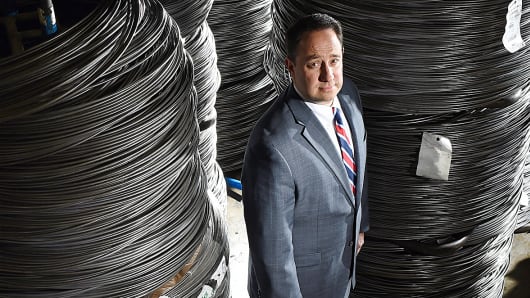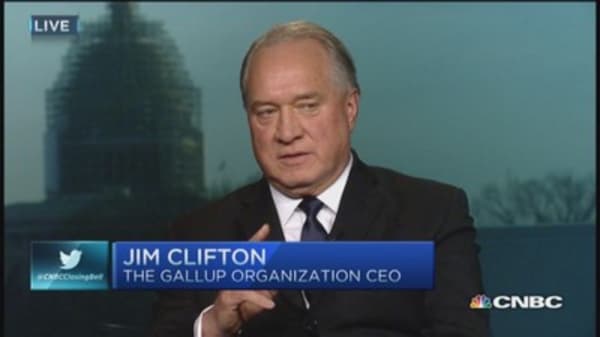After more than five years of hunkering down, small businesses are back in a hiring mood as the U.S. economic recovery takes hold.
Last year, Marlin Steel booked its best revenues and profits since owner Drew Greenblatt bought the small Baltimore manufacturer in 1998. He's boosted his payroll by eight workers, to 30, from a low point in 2013.
Read MoreSmall business optimism hits 8-year high
This week, he signed a deal to increase floor space by more than 50 percent to keep up with new orders for wire baskets and other steel products from customers in the automotive, pharmaceutical and aerospace industries.
"That's a big increase for us," he said. "Now we can buy more robots and automation and hire more talent to run that equipment."





